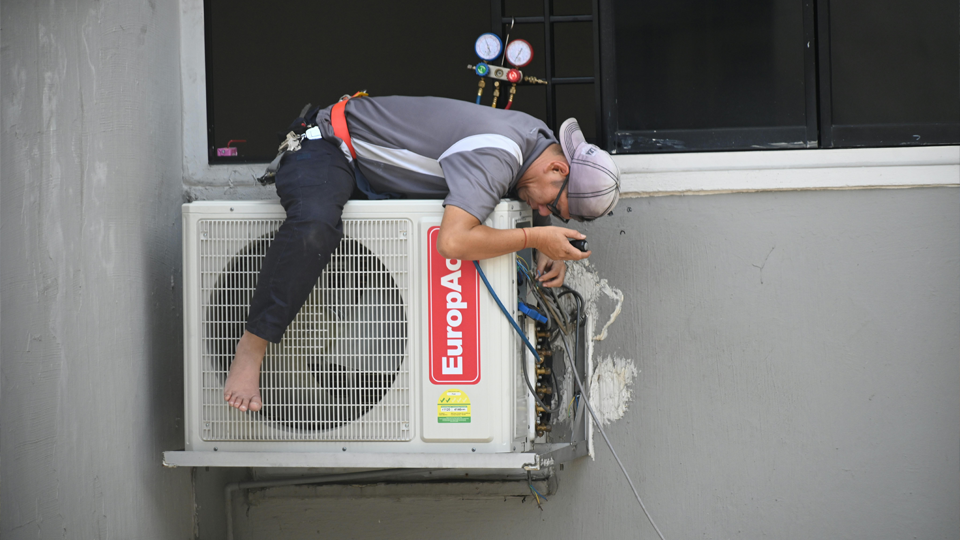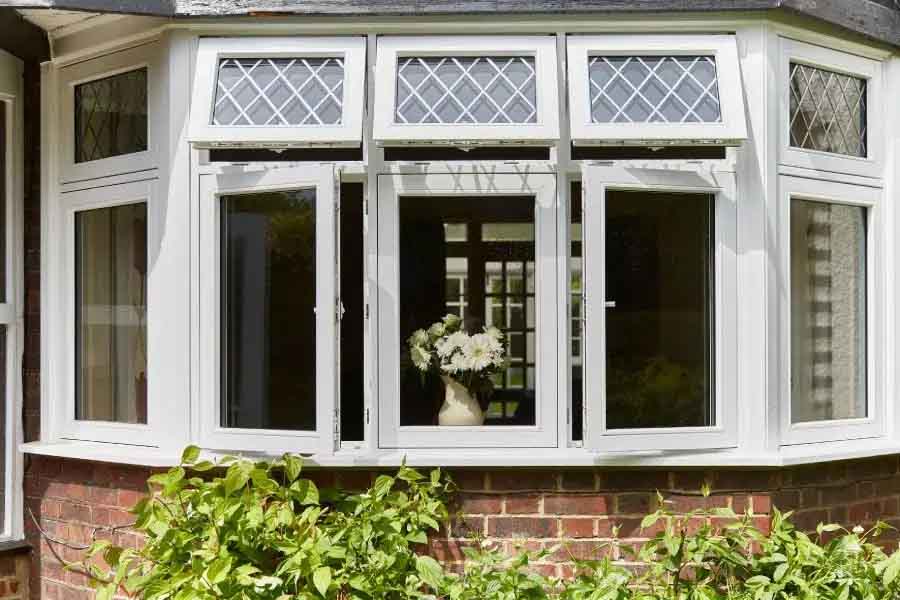Understanding SKEB: A Practical Guide to Competency in the IAQ Sector
In today’s construction and built environment sectors, the expectations around indoor air quality (IAQ) have never been higher. Clients, regulators, and the public rightly demand clean, healthy, and energy-efficient indoor environments. Yet achieving these outcomes relies not only on good design or quality products, but critically, on the competency of the professionals involved.
This is where SKEB becomes essential. It offers a structured, transparent way to define, assess, and demonstrate capability across the workforce. When implemented, competency frameworks like SKEB can set performance expectations for clients and ensure workers within the industry are properly prepared and capable of delivering high quality results.
With the Building Safety Act (2022) and the Building Engineering Services Association’s (BESA) recent spotlight on SKEB, being able to prove competency is becoming an increasingly important part of being a professional working in construction or engineering sectors. In this article, we will talk about how frameworks like SKEB apply to the building services and IAQ sectors, and how this helps to ensure projects are completed competently and diligently.
What does SKEB stand for?
If the question ”but what is SKEB?” is still running through your mind, simply put, SKEB is an acronym representing the four key pillars of professional competence:
- Skills – The practical abilities required to perform tasks to a professional standard. This might include duct sealing, commissioning, or IAQ sampling procedures.
- Knowledge – The theoretical understanding underpinning the work, such as familiarity with regulations (e.g. BS EN 15780 or TR19), filtration classifications, or airflow dynamics (Evidencing skills and knowledge can be demonstrated through qualifications, like SVQ Level 2 for Heating and Ventilating Ductwork Installation).
- Experience – The application of skills and knowledge over time, reflected in exposure to varied scenarios, problem-solving on real projects, and adaptation under pressure.
- Behaviours – The professional conduct demonstrated on site or in client-facing roles, including adherence to safety protocols, teamwork, communication, and ethical decision-making.
Collectively, these elements form a well-rounded and defensible definition of what it means to be ‘competent’ in a particular role -- not just capable of completing tasks, but doing so reliably, safely, and in line with best practice.
To tie this to the IAQ sector, BESA explains that industrial workers, specifically ductwork installers, must be able to evidence their skills across 6 key areas. Though this doesn’t apply exactly to every role within the sector, it sets out a clear example of what is expected from workers. To demonstrate competence, ductwork installers should be able to evidence their skills in:
- Applying heath, safety and environmental legislation in the building services engineering sector
- Establishing and maintaining relationships in the building services engineering sector
- Preparing to carry out work
- Identifying systems, equipment and components
- Installing and testing industrial and commercial heating and ventilating ductwork systems
- Inspecting and testing mechanical systems, equipment and components
By demonstrating that a professional follows these criteria, they prove that they have the relevant skills, knowledge, and experience. Behaviours can be proven via employers, testimonials, or feedback from supervisors/managers.
What is a competency framework?
A competency framework -- also referred to as a competency model or capability framework -- is a structured tool that defines the standards of performance expected within specific roles. These frameworks map out the required SKEB attributes across job functions to support:
- Recruitment and workforce planning
- Skills gap analysis and training needs
- Accreditation, certification, and audit readiness
- Ongoing professional development
In short, a well-designed framework turns the abstract idea of “competence” into an observable, measurable, and verifiable metric, which is invaluable for industries in which a lack of competency can have devastating effects.
In the IAQ sector, BESA requires all of their members to be assessed against their ‘Competence Assessment Standard’, a sort of SKEB assessment, to prove that they have the skills, knowledge, experience, and behaviours to work within the building engineering services sector. This barrier ensures that all BESA members are qualified, experienced, and competent, and helps clients to put their trust in these workers. BESA recently released a guide to demonstrating competence for ductwork installers. The director explains that guides and frameworks like these are “designed to help individuals and companies simplify the process of measuring and assessing competence in a practical and easy to understand way,”.
Why SKEB matters in IAQ
Indoor air quality and ventilation are safety-critical disciplines. Whether they’re working in healthcare, education, or commercial environments, professionals must operate to exacting standards. Errors in ductwork installation, hygiene, or system balancing can compromise occupant health, energy performance, and compliance with regulations.
Using a SKEB-based model allows employers, clients, and auditors to confidently verify:
- Who is qualified to perform specific tasks
- What evidence supports their competency
- How performance is maintained over time
This is particularly important when working to standards such as TR19, BS EN 15780, or CIBSE TM40, where documentation and demonstrable ability are often required for compliance.
How competency is evidenced in practice
Incorporating SKEB into a competency framework provides a solid foundation for professional development and accountability. Methods of evidencing SKEB might include:
- Certificated Training and Qualifications – Completion of accredited courses relevant to IAQ and ductwork, assessed through both theory and practical elements.
- Workplace Assessments and Audits – On-site observations or third-party assessments to verify that work is being performed to standard.
- Portfolios of Evidence – Documented examples of previous projects, photographs, reports, and sign-offs that showcase both experience and capability.
- Behavioural and Safety Reviews – Assessment of adherence to safety procedures, site discipline, communication, and team interaction.
- Continuing Professional Development (CPD) – Evidence of ongoing learning, particularly as standards, technologies, or client expectations evolve.
A strategic approach to competency
The SKEB framework is a strategic tool that supports quality, safety, and professional excellence in some of the most technically demanding and regulation-sensitive areas of the built environment. It provides employers with a robust way to assess and manage workforce capability, offers clients the peace of mind that work is being carried out by qualified and reliable professionals, and creates a clear pathway for career progression for professionals in the industry. For the construction industry as a whole, competency frameworks like SKEB help to raise standards and support the delivery of consistent, high quality outcomes across a range of projects and sectors.
In the IAQ sector where results are measurable and mistakes can be costly, SKEB offers clarity -- for organisations, individuals, and clients alike. By embedding this model into workforce development, project delivery, and quality assurance, businesses can ensure their teams are not only capable, but demonstrably competent.






